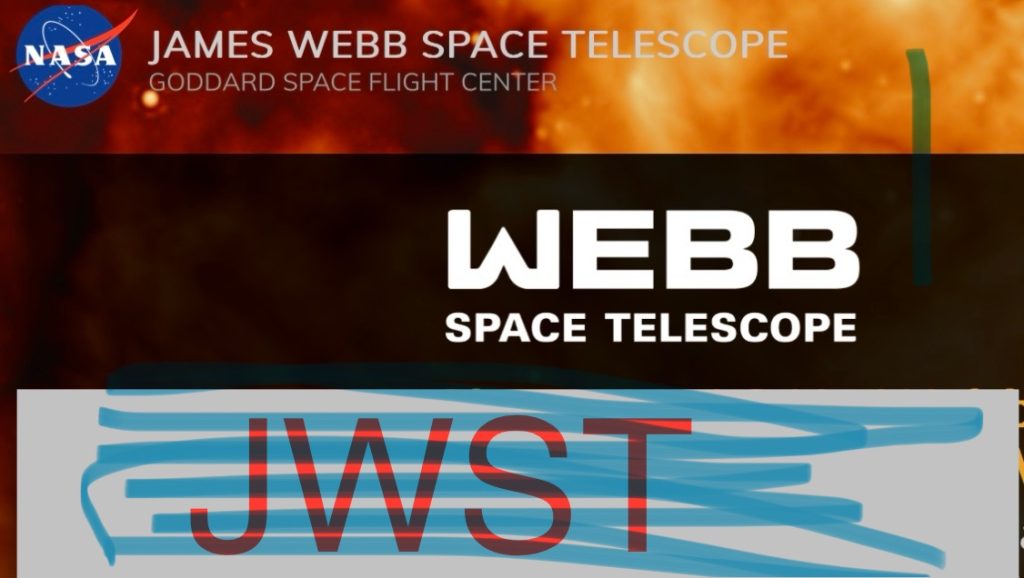
Imagine you’re measuring the speed of a growing balloon. You get one answer from one side and a completely different answer from the other. That’s kind of what’s happening with our understanding of the universe’s expansion!
Scientists have been puzzled by the Hubble Tension, a situation where the universe seems to be expanding at different rates depending on how we measure it. This could potentially change our entire understanding of the cosmos.
Early Clues and Growing Mystery:
- In 2019, the Hubble Space Telescope provided strong evidence of this strange phenomenon.
- New, even more precise data from the James Webb Space Telescope in 2023 confirmed the discrepancy.
Ruling Out Errors: Triple-Checking the Measurements
Scientists weren’t convinced it was a true difference in expansion rates. Maybe it was just a mistake in how they were measuring it! So, they used both Hubble and Webb together to take a triple-check measurement.
The results, published in February 2024, suggest that there might be a fundamental problem with our current understanding of the universe.
Two Ways to Measure Expansion:
There are two main ways scientists measure the universe’s expansion rate, each with a different answer:
- Cosmic Microwave Background (CMB): This faint afterglow from the Big Bang suggests an expansion rate of about 67 kilometers per second per megaparsec (km/s/Mpc).
- Cepheid Variable Stars: These pulsating stars act like cosmic measuring sticks, indicating an expansion rate of around 74 km/s/Mpc – a significant difference!
The Crisis Deepens: A Higher-Than-Expected Expansion Rate
The rate measured using Cepheid variables is much faster than what the CMB suggests. This inconsistency has thrown cosmologists into a frenzy, calling it a “crisis” in our understanding.
Checking for Errors: Hubble and Webb Confirm Early Findings
Initially, some scientists thought the Cepheid measurements might be wrong due to faint, nearby stars interfering with the data. But in 2023, the sharper view of Webb confirmed that the original Hubble measurements using Cepheid variables were accurate for nearby galaxies.
Going Deeper: New Cepheid Data Strengthens the Case
To be extra sure, scientists observed 1,000 more Cepheid stars in even more distant galaxies. The results? The Hubble measurements held true even for these faraway objects.
The Takeaway: The Mystery Continues
With measurement errors ruled out, the Hubble Tension remains. The universe truly seems to be expanding at different rates based on how we measure it. This could force scientists to rewrite our cosmic rulebook!
This is a developing story, and scientists are actively searching for new explanations. The mystery of the universe’s expansion rate continues to challenge our understanding of the cosmos.


